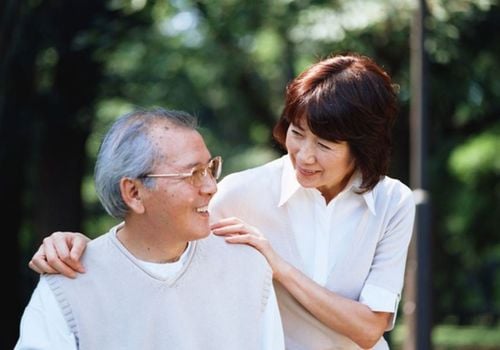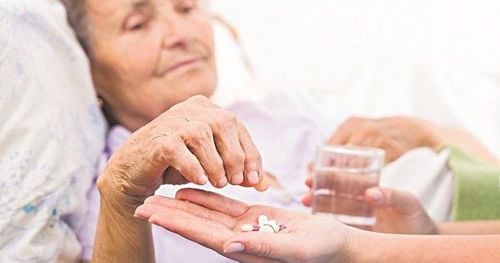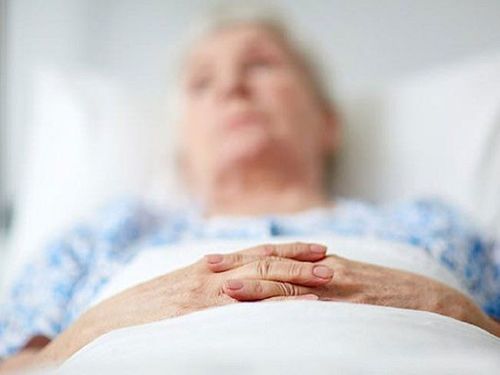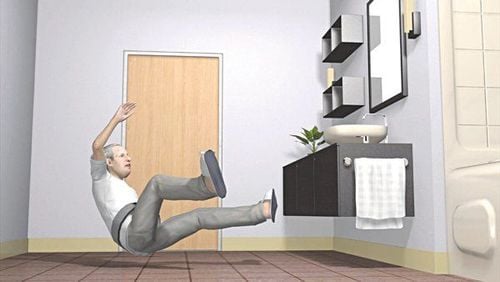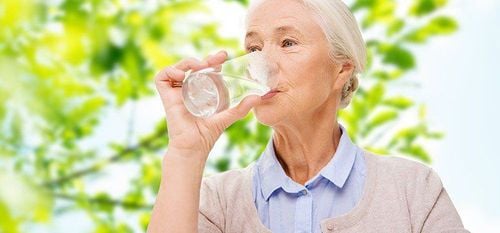This is an automatically translated article.
The article is written by MSc, BS. Vo Khac Khoi Nguyen, Department of General Surgery - Vinmec Central Park International General HospitalA fall can be defined as an event caused by an inadvertent fall to the ground or floor. Over the age of 65, 59% of patients report a fall at least once per year, and over the age of 65 almost all hip fractures are caused by a fall.
1. Risk factors for falls
Falls are the result of a complex intersection of several risk factors. These factors are divided into 4 main groups:
Biological risk factors (age, sex, illness, cognitive ability) Socio-economic factors (literacy, income, place of residence, etc.) public health, social isolation) Behavioral factors (Fear of falling, lifestyle, drug use, inactivity, inappropriate clothing) External factors (Building, bridge design) stairs, Corridors, carpets and slippery floors, fences, bathrooms, toilets). First, we will mention the external factor. This is a modifiable risk factor. Since most elderly people stay at home for long periods of time, this could explain more than half of elderly falls at home. Therefore, a safe living space for the elderly is an important issue to pay attention to.
Due to the differences in weather, culture, lifestyle, beliefs and practices of different families, the risk factors for the elderly's living space are also different. Anyway, we also need to consider the design of each area and object in the house scientifically to suit the activities of the elderly. Although we often consider our home a safe place, many events can happen at home for the elderly.
The design considerations of suitable housing for the elderly help to reduce risks and accidents significantly. It has been found that elderly people living in cramped, dark and uncomfortable homes are at greater risk of falling. Slippery floor surfaces are one of the risk factors for falls.

2. Which elderly people are prone to falls?
The rate of falls among the elderly in both sexes is different: the fall rate of men is lower than that of women. Accordingly, the fall rate in men is 0.87 times lower than in women. Women have a lot of work to do in daily living activities such as cleaning the house, shopping, taking care of children and grandchildren while older men after retirement tend to stay at home and rest, or meet friend. It is the richer the activity, the greater the risk of falling.
On the other hand, modern society has a very large percentage of elderly people living alone. The fall rate of elderly people living with relatives is lower than that of elderly people living alone. Older adults living with loved ones, whether from family or a nursing home, can reduce the number and severity of falls. Today, the number of elderly people living alone is increasing, possibly due to widowhood, or because their children and grandchildren work all day, or sometimes it is difficult for the elderly to live in harmony with their children and grandchildren.
The following physical function conditions in older adults are at risk of falls:
Leg weakness; Underweight, overweight; Abnormal gait due to acquired or congenital musculoskeletal pathology; Visual and visual impairments; Limit movement and movement; Cognitive decline; Physical decline; Orthostatic hypotension; Have other chronic diseases; Fear of falling. Besides, chronic diseases, drugs to treat chronic diseases in the elderly can also increase the risk of falls. As a result, most fall prevention programs aim to improve physical fitness such as gait, balance, and musculoskeletal function. Key interventions include physical exercises and activities that increase flexibility and manage chronic diseases well.
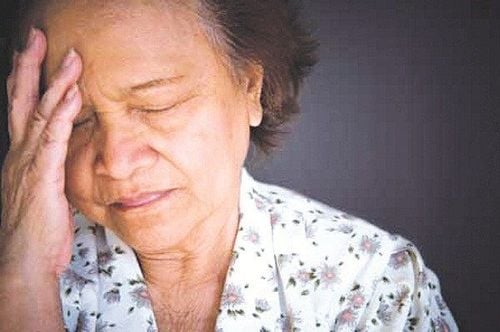
In summary, there are many risk factors that make older adults more susceptible to falls in the general population. Among these risk factors, attention should be paid to modifiable risk factors. These include: strengthening musculoskeletal system function, good control of chronic diseases and importantly, paying attention to a safe living space suitable for the activities of the elderly.
In addition, to protect the health of the elderly, you should take them to a medical facility for regular general health check-ups because at this age, the elderly's resistance is poor, and they are easy to get sick. Currently, Vinmec International General Hospital has general health checkup packages suitable for each age, gender and individual needs of customers with a reasonable price policy, including:
Health checkup package general Vip Standard general health checkup package Patient's examination results will be returned to your home. After receiving the results of the general health examination, if you detect diseases that require intensive examination and treatment, you can use services from other specialties at the Hospital with quality treatment and services. outstanding customer service.
Please dial HOTLINE for more information or register for an appointment HERE. Download MyVinmec app to make appointments faster and to manage your bookings easily.





